10 Frost Tolerant Vegetables To Grow In Fall
As an Amazon Associate and member of other affiliate programs, I earn from qualifying purchases.
Did you know that there are some vegetables that actually taste better if they are grown through a frost? Cold weather induces a physiologic response to help the plant become resistant to freezing temps.
By increasing sugar within their cells, the plants are protected from freezing. This is great news for gardeners because those increased sugars make these 10 veggies even more delicious.
Read on to find out which of these frost resistant vegetables will actually taste better after a light freeze.
If you want to take advantage of this sweet change, then make sure to plant these veggies when they will experience a frost. Zones listed in this post refer to USDA Plant Hardiness zones.
Use this list as a general guideline and tailor it as needed for your specific growing area. To check your first and last frost dates click here.
1. Carrots
- Check your variety for frost tolerance.
- Start seed directly in the garden.
- Zone 2-5: put out seed April-May
- Zone 6-7: put out seed March and August
- Zone 8-10: put out seed August-October
- Harvest in 3-4 months.
2. Parsnips:
- Parsnips can be stubborn to germinate. For best results, plant fresh seed in warm soil over 50 degrees and have patience as they can take up to a month to germinate.
- Start seed directly in the garden
- Zones 2-5: put out seed February to April
- solarizing your soil can increase germination
- Zones 6-7: put out seed February to August
- Zones 8-10: put out seed October to January
- may not grow well in zone 10
- Harvest in 4-5 months.
3. Kale
- Start seeds indoors 4-6 weeks before planting or set seed directly in garden
- Zones 2-5: set out seeds February-March and plant out April-May
- Zones 6-8: set out seeds in January-February and plant out March and August
- Zones 9-10: start seeds indoors and plant out August-September
- Harvest in 2 months.
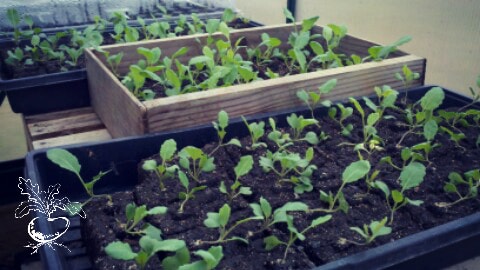
4. Brussels sprouts
- For best results, start seeds indoors 4-6 weeks before planting
- Zone 2-6: set out plants in May-June
- Zone 7: set out plants in March
- Zones 8-10: set out plants in September (protect from frosts)
- Harvest when ready: 3-6 months
5. Leeks
- Start seeds indoors 4-6 weeks in advance
- Zones 2-6: set out plants March and June
- Zone 7: set out plants April-May and August-September
- Zones 8-10: set out plants in September-October
- Harvest in 4 months
6. Spinach and Collards
- Check your variety for frost tolerance
- Direct seed in the garden
- Zones 2-5: put out seeds in March-April and August
- Zones 6-7: put out seeds in March-April and August
- Zones 8-10: put out seeds in February and October
- Harvest in 2 months
7. Mustard greens and arugula
- Hot temperatures will exacerbate the heat and bitterness of these leafy vegetables.
- Start seeds directly in the garden
- Zones 2-5: set out seeds in March
- Zones 6-7: set out seeds in March and July
- Zones 8-10: set out seeds in February and September-October
- Harvest in 2 months
- Grow indoors through winter as microgreens
8. Turnips and turnip greens
- Start seeds directly in the garden
- Zones 2-6: set out seeds March and August
- Zone 7-8: set out seeds January-March and August-September
- Zones 9-10: set out seeds August-March
- Turnip greens are a great cut and come again vegetable. Harvest the leaves when ready and the roots after 2 months.

9. Broccoli
- Start seeds indoors 4-6 weeks in advance of planting
- Zones 2-5: set out plants in March-April
- Zones 6-7: set out plants in March-April and August
- Zones 8-10: set out plants September-October
- Harvest in 2-4 months
- More about growing broccoli
10. Cauliflower
- Start seeds indoors 6-8 weeks in advance of planting
- Zones 2-5: set out plants in March
- Zones 6-7: set out plants in March and August
- Zones 8-10: set out plants September-October
- Harvest in 3-5 months
Important points to remember:
- Always check your seed packet for specific information about when to plant.
- Not all varieties will be as tolerant of frost as others. Consider using frost protection if you’re worried.
- Use this list as a general guideline for remembering when to plant and cross reference with your specific frost dates.


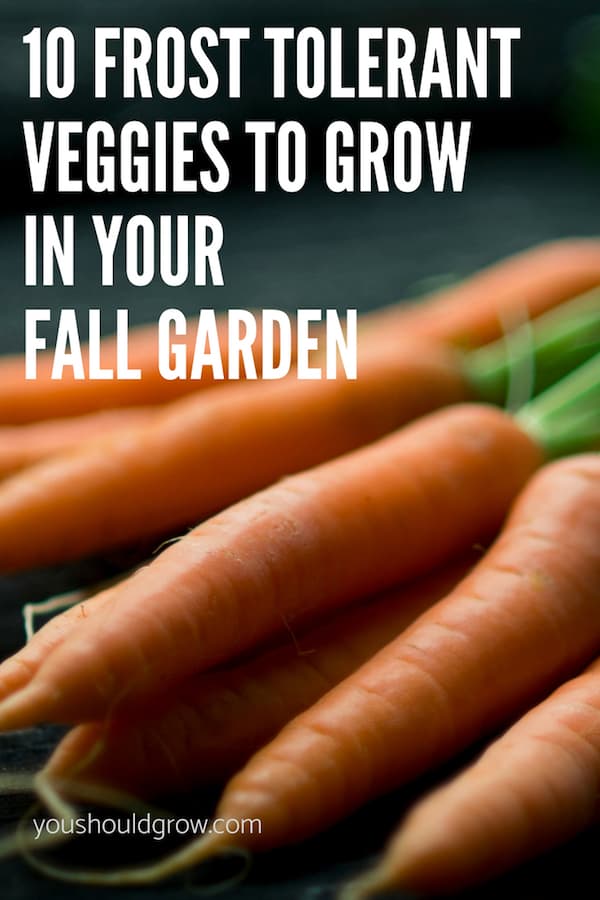
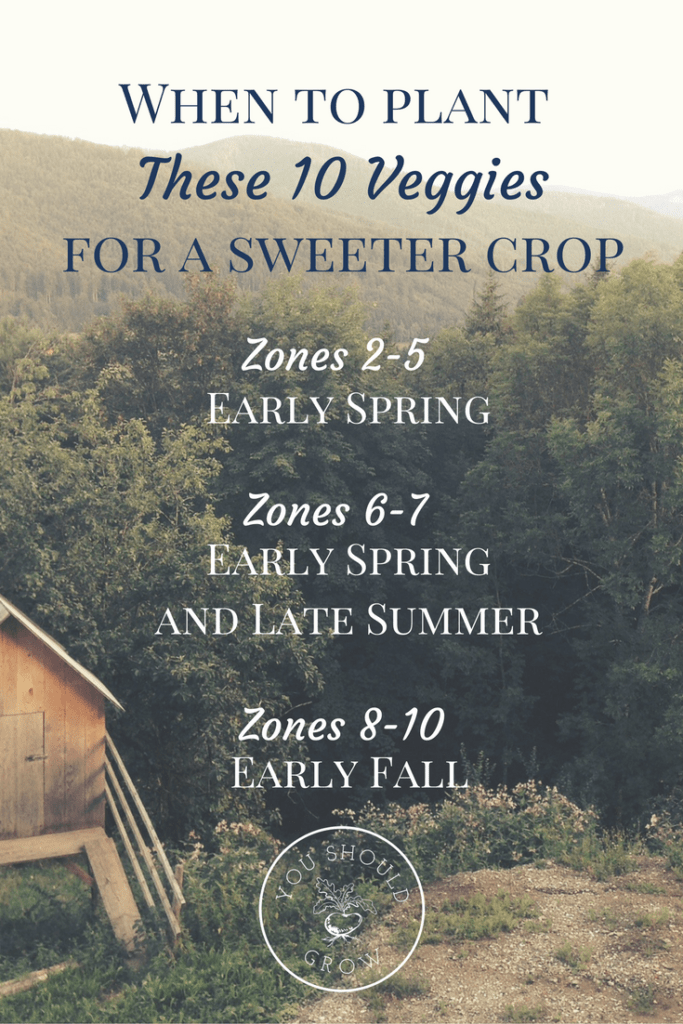
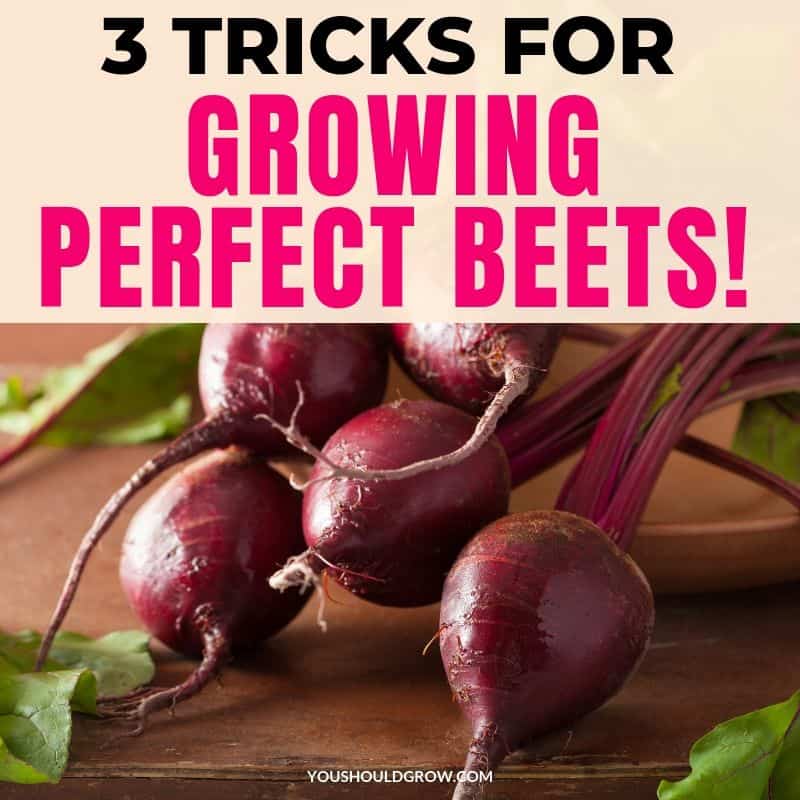
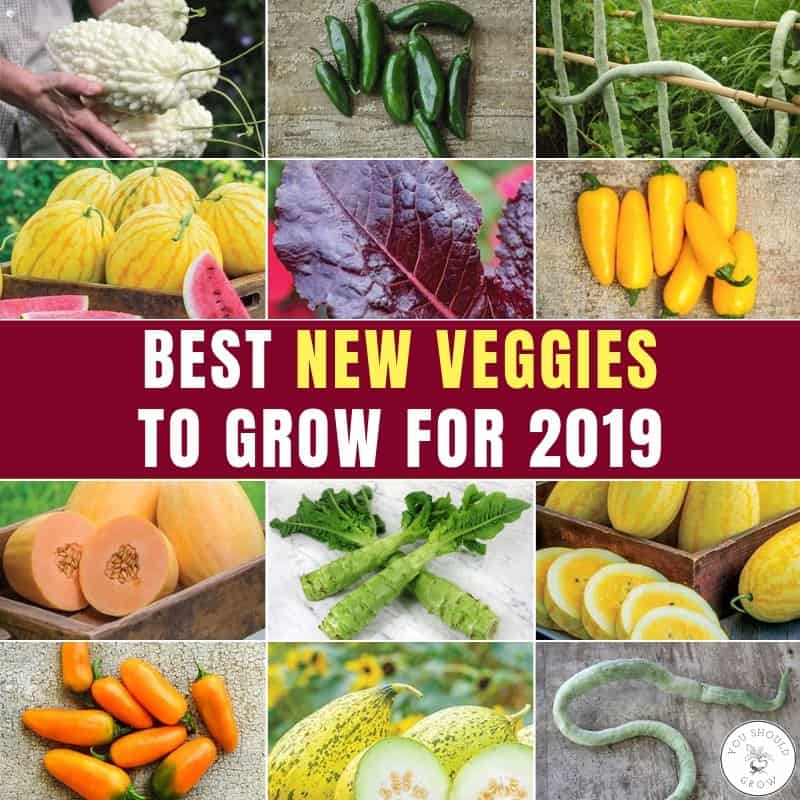

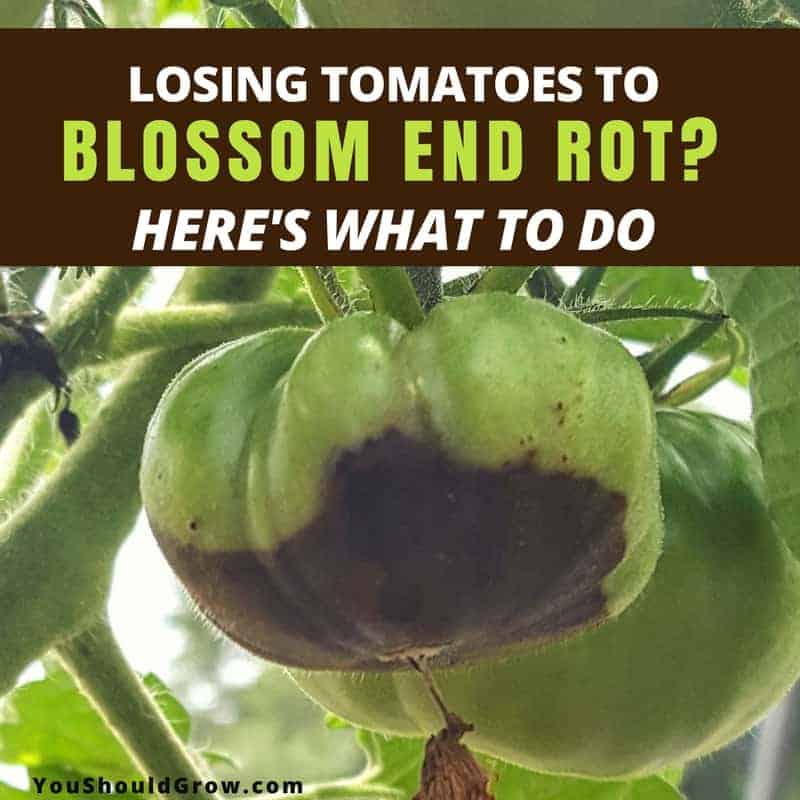

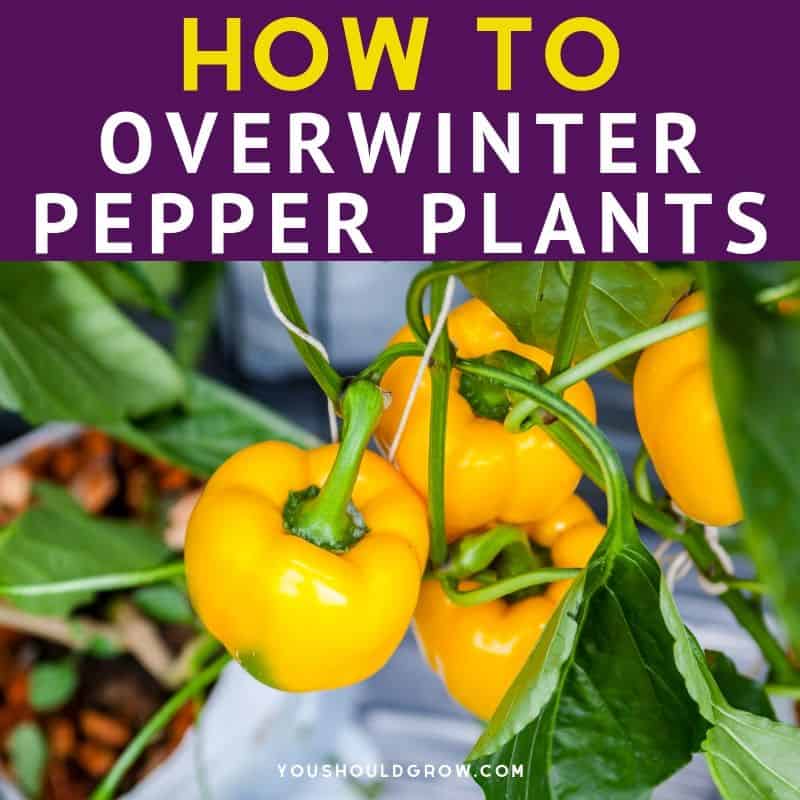
For the first time I planted and had success with parsnips! I’m planning to leave them in the ground through the winter and harvest them in the spring. My mom did that this last year and they were so good! I also soaked my parsnip seeds overnight (which turned into several nights because I ran out of time planting) and they germinated really, really well even with me planting them later than I should have. Anyways, this is good to know!
That’s great! And good tip about soaking the seeds to improve germination. Thanks, Delci! 🙂
What a great resource! We just put a few of these in the ground (we are zone 9).
This post (and many of yours) would be perfect for the Waste Less Wednesday Blog Hop. It is a collection of environmentally friendly posts (homesteading, sustainability, zero waste, recycling, etc). This week’s is live now: http://www.skipthebag.com/2016/10/waste-less-wednesday-blog-hop-101216.html
This really a question. I live in Ontario, Canada about 50 miles north of Lake Ontario Shore Line. What growing ZONE are we in ? Thanks Brian Spence